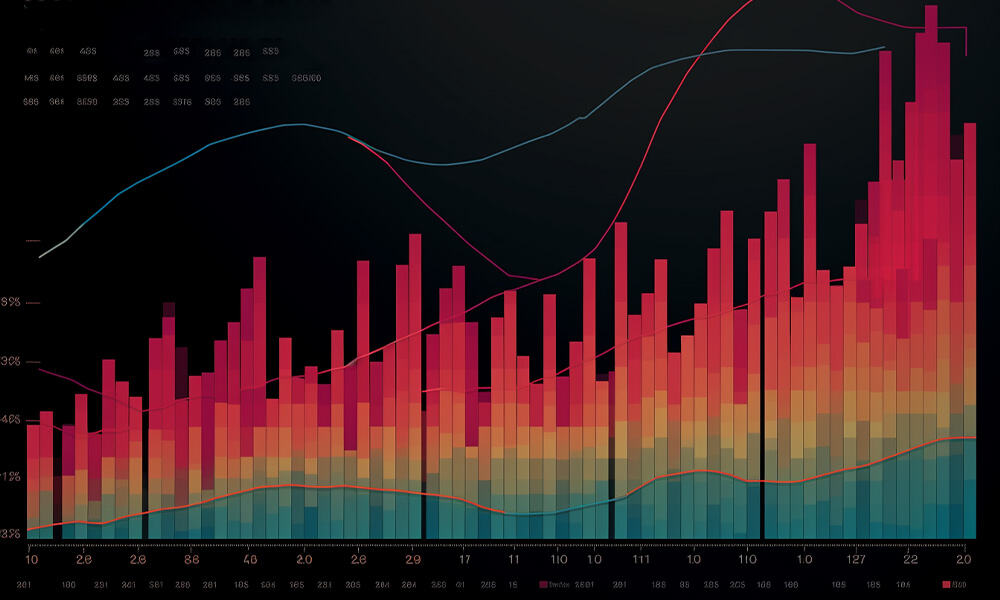The National Meteorological Institute (IMN) has forecasted a significant increase in temperatures ranging from 1 to 2 degrees Celsius over the next three months. According to experts, this rise is expected to impact the Central Pacific, North Pacific, and Central Valley regions the most.
The temperature scenarios outlined in the forecast indicate that January and February 2024 will likely experience the highest temperatures for the population.
In the North Pacific region, the typical temperature registers at 26.9 °C, while the projected temperature stands at 28.4 °C. Moving to the Central Pacific, the usual temperature hovers around 26.7 °C, with the forecast indicating an increase to 28.2 °C. Heading to the South Pacific, the normal temperature is 20.6 °C, and the anticipated temperature is 21.6 °C.
Meanwhile, in the Central Valley, the standard temperature is 19 °C, with a forecasted rise to 20 °C. In the Western North Zone, the typical temperature measures 22.2 °C, and the projected temperature is 23.2 °C. Transitioning to the Northern Zone, the regular temperature is 24.5 °C, and the expected temperature is 25.5 °C.
Similarly, in the Northern Caribbean, the standard temperature is 24.2 °C, while the forecasted temperature reaches 25.2 °C. Lastly, in the Southern Caribbean, the normal temperature is 23.8 °C, with the forecast indicating a rise to 24.8 °C.
The primary factor contributing to this temperature increase is the influence of El Niño, which has reached a strong intensity level and is expected to persist until May 2024. Additionally, warmer-than-normal surface temperatures in the Atlantic Ocean and the Caribbean Sea, which continue to break records, play a significant role in this climate shift.
The IMN anticipates a gradual reduction in the temperature of both the Atlantic Ocean and the Caribbean Sea between December and February.
However, this news comes amid a global trend, with the European observatory Copernicus predicting that 2023 might become the hottest year in recorded history. Notably, the planet’s average temperature for the first eight months of the year is only “0.01 °C behind 2016, the hottest year ever recorded.”
At a national level, all months from May to October have exhibited higher-than-normal average temperatures. In October alone, the national average temperature was 23.1 °C, surpassing the usual average for that month, which is 22.4 °C.
Meteorological experts also issue a warning about the potential consequences of this temperature surge, suggesting that it could lead to a more active than usual forest fire season in 2024. Costa Rica has been experiencing the effects of El Niño since June, resulting in decreased rainfall and uneven distribution in various regions. One characteristic of this phenomenon is intense, short-term rainfall in localized areas.






